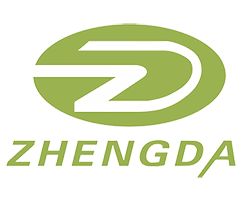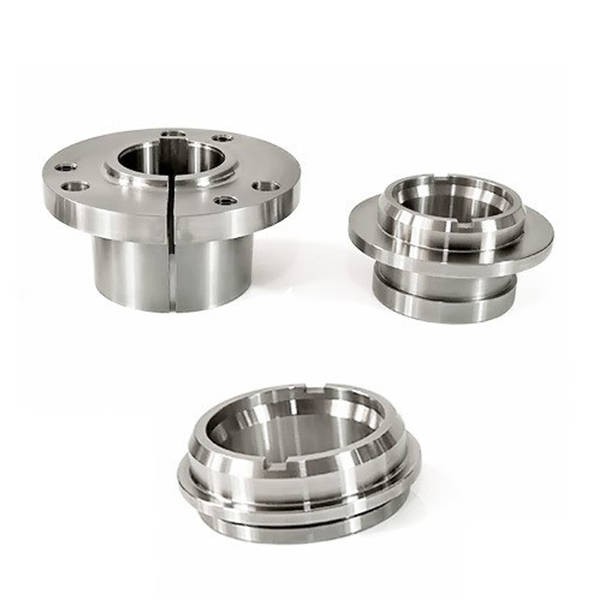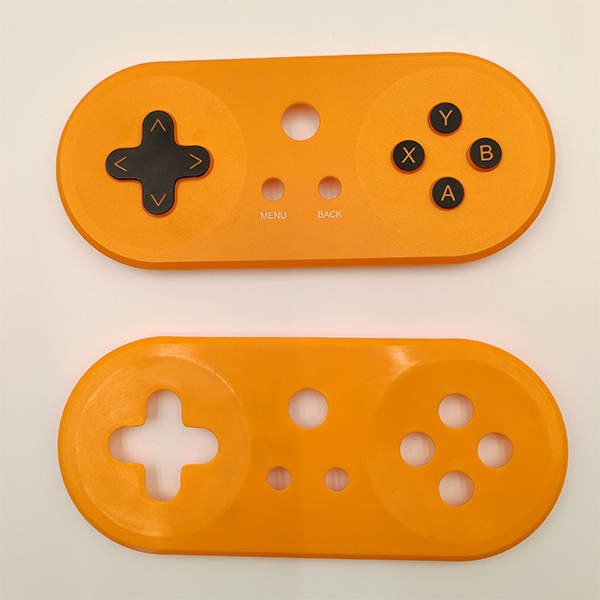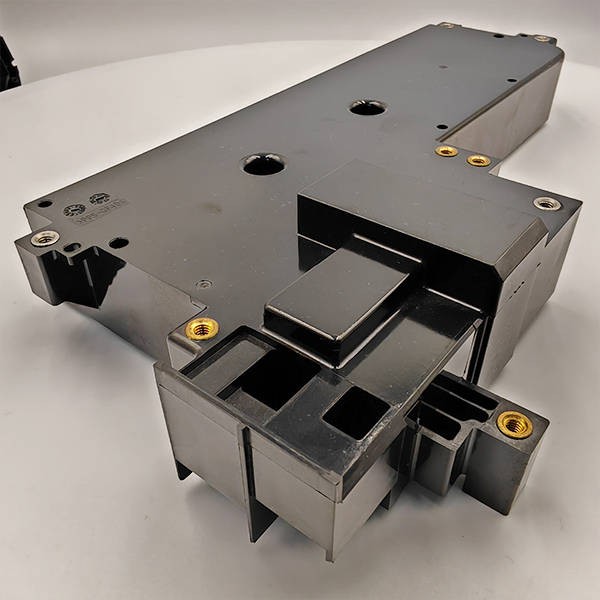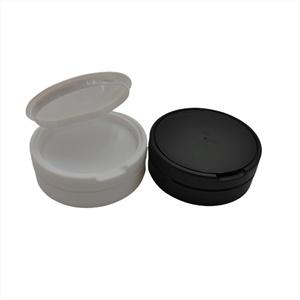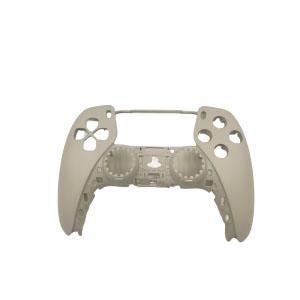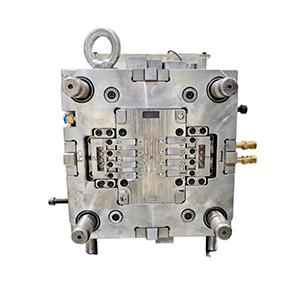Plastic Rapid Prototype
What is a Plastic Prototype?
A plastic prototype is a scaled or full-size physical model of a product or component made from plastic materials. Prototypes are used to test and validate design, functionality, and aesthetics before moving on to mass production. By creating a plastic prototype, designers can identify potential issues, make necessary adjustments, and ultimately save time and money in the long run.
Three Types of Plastic Prototypes
There are several methods for creating plastic prototypes, but the three most common techniques are:
3D Printing
This additive manufacturing process involves building a three-dimensional object by depositing successive layers of material, typically plastic, until the desired shape is formed. ABS, PLA, PMMA, Nylon are usually processed by 3d printing.Common 3D printing technologies for plastic prototyping include Fused Deposition Modeling (FDM), Stereolithography (SLA), and Selective Laser Sintering (SLS).
CNC Machining
Computer Numerical Control (CNC) machining is a subtractive manufacturing process in which a computer-controlled machine tool removes material from a solid block of plastic to create a finished prototype.ABS, PP, PC, POM, PA66+GF30, PMMA, Aluminum, Brass are commonly used by cnc machining.CNC milling and turning are common methods used for plastic prototyping.
Vacuum Casting
Also known as urethane casting or silicone molding, vacuum casting is a cost-effective method for producing small quantities of plastic prototypes. This process involves creating a silicone mold of the master model, typically produced using 3D printing or CNC machining, and then casting a liquid plastic material into the mold under vacuum to create a prototype.
Advantages and Disadvantages of the Three Plastic Prototypes
3D Printing
Advantages:
. Fast turnaround: 3D printing can produce prototypes quickly, sometimes within hours.
. Design freedom: Complex geometries and intricate details can be easily created.
. Customization: Each prototype can be tailored to meet specific requirements, making it ideal for one-off or low-volume production.
Disadvantages:
. Limited material options: The range of available materials is smaller compared to other methods.
. Lower accuracy and surface finish: 3D printed parts may require post-processing to achieve the desired level of precision and finish.
CNC Machinin:
Advantages:
. High accuracy and precision: CNC machining offers tight tolerances and excellent surface finishes.
. Wide range of materials: A large variety of plastics can be machined, including high-performance engineering plastics.
. Scalability: CNC machining is suitable for both one-off prototypes and low- to medium-volume production.
Disadvantages:
. Limited design freedom: Complex geometries and undercuts can be challenging to machine.
. Longer lead times: CNC machining can be slower than 3D printing, depending on the part complexity and material.
Vacuum Casting
Advantages:
. Cost-effective: Vacuum casting is an affordable option for small production runs.
. High-quality surface finish: Cast parts have a smooth finish and can replicate fine details from the master model.
. Material variety: A range of polyurethane resins can be used to mimic the properties of various plastics.
Disadvantages:
. Limited scalability: Vacuum casting is not well-suited for high-volume production due to mold wear and limited part quantities per mold.
. Slower turnaround:The process can take longer than 3D printing, as it requires mold creation and curing.
Why Make a Plastic Prototype?
Creating a plastic prototype offers several benefits in the product development process:
. Design validation: Prototypes allow designers to verify their design, ensuring it meets the intended function and performance requirements.
. Aesthetic evaluation: A physical prototype can provide a better understanding of the product's appearance and ergonomics compared to digital representations.
. Testing and certification: Prototypes can be used for functional testing, durability assessments, and meeting industry-specific certification requirements.
. Market research and user feedback: A physical prototype can be presented to potential customers and stakeholders to gauge their reactions, gather feedback, and refine the design before moving to production.
